Table of content
Zongzi, a traditional Chinese rice dumpling wrapped in bamboo leaves, is a beloved dish enjoyed worldwide, particularly during the Dragon Boat Festival. These pyramid-shaped treats, filled with ingredients like glutinous rice, mung beans, pork, or sweet red bean paste, are often frozen for long-term storage. However, cooking frozen zongzi to perfection requires precision and patience. This comprehensive guide will walk you through everything you need to know to transform frozen zongzi into a soft, aromatic, and utterly satisfying meal. From boiling and steaming to microwaving and creative recipe twists, we’ll explore techniques that ensure your zongzi retains its texture, flavor, and cultural authenticity.
Understanding Frozen Zongzi
Before diving into cooking methods, it’s essential to grasp why freezing zongzi is a common practice. Zongzi is traditionally made in large batches, especially for festivals, and freezing preserves its freshness for months. The freezing process halts bacterial growth and maintains the ingredients’ integrity, but improper cooking can lead to mushy rice, uneven heating, or a loss of flavor. The key to success lies in balancing thawing, heating, and timing.
Preparing Your Frozen Zongzi
Storage Check
Ensure your frozen zongzi is stored in an airtight container or heavy-duty freezer bag to prevent freezer burn. If the packaging is damaged, rewrap the zongzi in plastic wrap followed by aluminum foil.
Thawing (Optional but Recommended)
While you can cook zongzi directly from frozen, thawing it slightly reduces cooking time and ensures even heating. Transfer the zongzi from the freezer to the refrigerator 6–8 hours before cooking. For a quicker thaw, place the sealed package in a bowl of cold water for 1–2 hours. Avoid thawing at room temperature, as this invites bacterial growth.
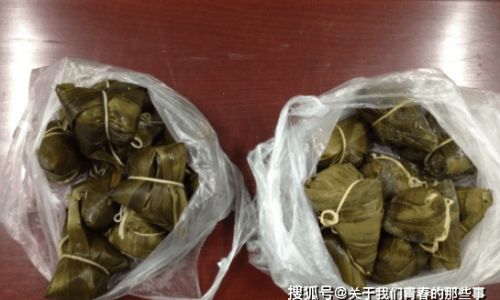
Gather Equipment
- A large pot (for boiling) or a steamer basket (for steaming).
- Tongs or a slotted spoon for handling hot zongzi.
- Kitchen scissors or a knife (to cut the wrapping if needed).
- Optional: A plate, parchment paper, or banana leaves to line the steamer.
Cooking Methods: Boiling, Steaming, and Microwaving
Method 1: Boiling
Boiling is the most common method for cooking frozen zongzi, as it evenly hydrates the rice and infuses the leaves’ aroma into the filling.
Step-by-Step Guide:
-
Fill the Pot:
Use a pot large enough to submerge the zongzi completely. Add enough water to cover the dumplings by at least 2 inches. For added flavor, toss in a pinch of salt, a pandan leaf, or a slice of ginger. -
Bring to a Boil:
Place the pot over high heat and bring the water to a rolling boil. Reduce the heat slightly to maintain a gentle boil. -
Add Frozen Zongzi:
Gently lower the zongzi into the boiling water using tongs. Ensure they are fully submerged. If cooking multiple zongzi, avoid overcrowding the pot. -
Cooking Time:
- Thawed Zongzi: 15–20 minutes.
- Frozen Zongzi: 25–35 minutes.
Stir occasionally to prevent sticking.
-
Check for Doneness:
Carefully remove one zongzi and unwrap a corner. The rice should be soft, glossy, and cooked through. If the filling is still cold, continue boiling for 5–10 more minutes.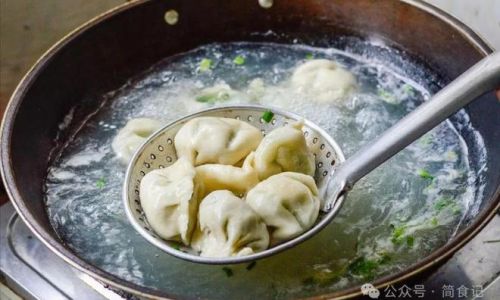
-
Drain and Serve:
Use tongs to transfer the zongzi to a colander. Let them rest for 2–3 minutes before unwrapping. Serve hot with soy sauce, sesame oil, or chili paste.
Pro Tip: Add a tablespoon of baking soda to the boiling water for extra-soft rice. This trick mimics traditional alkaline water used in some zongzi recipes.
Method 2: Steaming
Steaming is ideal for preserving the zongzi’s shape and preventing the leaves from becoming waterlogged. It’s also gentler on delicate fillings like chestnut or egg yolk.
Step-by-Step Guide:
-
Prepare the Steamer:
Fill a wok or large pot with 2–3 inches of water. Bring it to a boil. Place a steamer basket or bamboo steamer on top. Line the basket with parchment paper, banana leaves, or a heatproof plate to prevent sticking. -
Arrange the Zongzi:
Place the frozen zongzi in the steamer, leaving 1 inch between them. Ensure they aren’t touching the water. -
Steam Time:
- Thawed Zongzi: 20–25 minutes.
- Frozen Zongzi: 30–40 minutes.
Cover the steamer with a lid, leaving a small gap to release steam.
-
Check for Doneness:
Unwrap a corner of one zongzi. The rice should be tender, and the filling should be heated through.
-
Serve:
Carefully remove the zongzi using tongs. Let them cool slightly before serving.
Pro Tip: For extra fragrance, place a few pandan leaves or cinnamon sticks in the steamer water.
Method 3: Microwaving
While convenient, microwaving can dry out zongzi if not done carefully. This method is best for small batches or when time is limited.
Step-by-Step Guide:
-
Wrap in Damp Paper Towels:
Lightly dampen 2–3 paper towels and wrap them around each frozen zongzi. This creates steam and prevents drying. -
Arrange on a Plate:
Place the wrapped zongzi on a microwave-safe plate, spacing them apart. -
Microwave Settings:
- Thawed Zongzi: 3–4 minutes on medium power (50%).
- Frozen Zongzi: 5–7 minutes on medium power (50%).
Pause halfway to flip the zongzi for even heating.
-
Check for Doneness:
Carefully unwrap a corner. The rice should be soft, and the filling warm.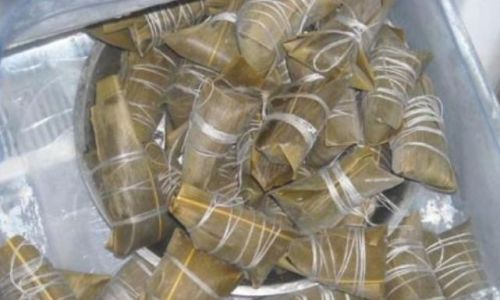
-
Rest and Serve:
Let the zongzi sit for 1–2 minutes before unwrapping. The residual heat will continue cooking them slightly.
Pro Tip: For crispier leaves, finish by searing the zongzi in a dry pan for 1–2 minutes per side.
Achieving Perfect Texture and Flavor
-
Avoid Overcooking:
Overboiled zongzi can turn mushy. Stick to the recommended times and test frequently. -
Enhance Flavor:
Add a star anise, dried shrimp, or dried mushrooms to the cooking water for a savory broth-like taste. -
Leaf Care:
Handle the bamboo leaves gently to prevent tearing. If the leaves stick to the rice, run a knife or spatula along the edges before unwrapping. -
Serving Suggestions:
Pair zongzi with pickled vegetables, tea, or a bowl of congee for balance. For a modern twist, serve with avocado slices or a fried egg.
Creative Recipes Using Cooked Zongzi
Once cooked, zongzi can be repurposed into innovative dishes:
Zongzi Fried Rice
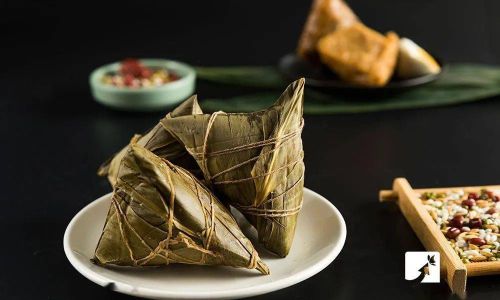
- Flake leftover zongzi into a wok with vegetables, soy sauce, and scrambled eggs. Stir-fry until crispy.
Zongzi Dessert Bowls
- Slice sweet zongzi into rounds, pan-fry until golden, and serve with coconut ice cream or mango puree.
Zongzi Stuffed Peppers
- Hollow out bell peppers, stuff with cooked zongzi, and bake at 375°F (190°C) for 20 minutes.
Zongzi Spring Rolls
- Wrap thin slices of zongzi in rice paper with herbs and peanuts, then deep-fry until crispy.
Troubleshooting Common Issues
- Undercooked Rice: Increase boiling/steaming time by 5–10 minutes.
- Soggy Leaves: Use a slotted spoon to drain excess water after boiling.
- Dry Filling: Next time, wrap the zongzi tighter to trap moisture.
- Stuck Leaves: Run the zongzi under cold water briefly before unwrapping.
Storing Leftovers
- Refrigerator: Place cooked zongzi in an airtight container for up to 3 days.
- Freezer: Re-freeze unwrapped zongzi on a baking sheet, then transfer to a freezer bag for up to 1 month.
- Reheating: Use the steaming method for best results.
The Cultural Significance of Zongzi
Zongzi is more than food—it’s a symbol of tradition and togetherness. Legend has it that the dish originated to honor the poet Qu Yuan, who drowned himself in the Miluo River. Locals threw rice-stuffed bamboo leaves into the water to prevent fish from eating his body. Today, zongzi-making is a communal activity, with families gathering to wrap dumplings in intricate patterns. By mastering the art of cooking frozen zongzi, you’re not just preparing a meal—you’re preserving a legacy.
Conclusion
Cooking frozen zongzi is a rewarding endeavor that bridges tradition and convenience. Whether you prefer boiling, steaming, or microwaving, the key lies in patience and attention to detail. Experiment with fillings, pairings, and creative recipes to make this ancient dish your own. So the next time you pull a frozen zongzi from your freezer, remember: with the right techniques, you’re just moments away from a steaming, aromatic bite of history.



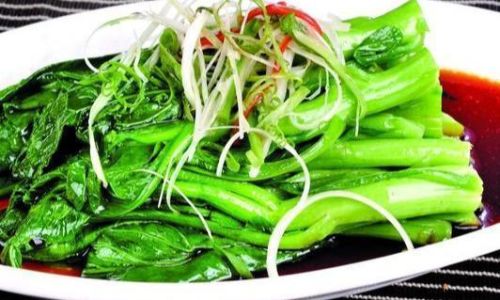
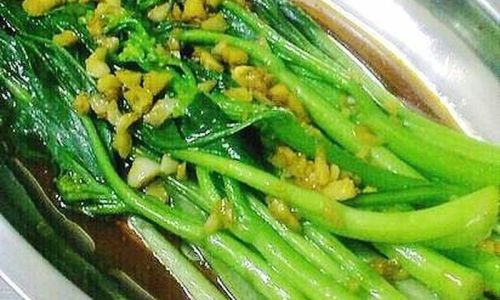
0 comments